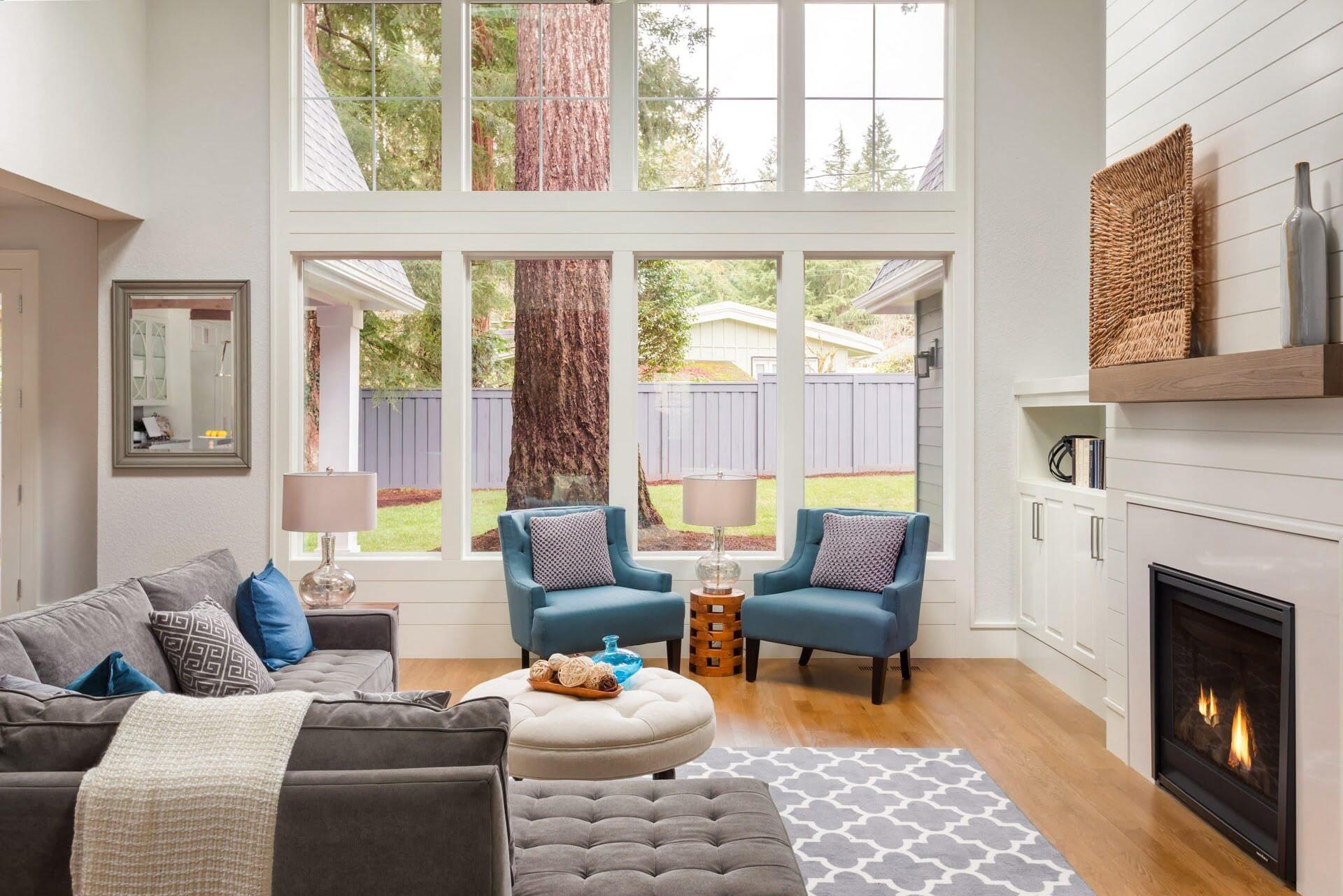

Articles
What Should A Living Room Have
Modified: January 8, 2024
Discover the essential articles that every living room should have. Create a stylish and functional space with our expert tips and recommendations.
(Many of the links in this article redirect to a specific reviewed product. Your purchase of these products through affiliate links helps to generate commission for Storables.com, at no extra cost. Learn more)
Introduction
When it comes to designing a living room, there are certain key elements that can transform it from a simple space into a welcoming and functional haven. The living room is often the heart of a home, where family and friends gather to relax, entertain, and create lasting memories together. Therefore, it’s essential to create a space that not only reflects your personal style but also offers comfort and functionality.
In this article, we will explore the must-have elements that every living room should have. From comfortable seating and entertainment centers to coffee tables and lighting fixtures, we will delve into the essential components that make a living room a truly inviting and enjoyable space. Whether you are starting from scratch or looking to revamp your existing living room, these elements will guide you in creating a space that is aesthetically pleasing, practical, and personalized to your needs.
Key Takeaways:
- Create a cozy and inviting living room by prioritizing comfortable seating, an entertainment center, a well-chosen coffee table, and proper lighting fixtures. These elements enhance relaxation and socializing, making the space truly enjoyable.
- Maximize the functionality and style of your living room with adequate storage solutions, carefully selected decorative elements, and a well-designed layout. These aspects contribute to an organized, visually appealing, and practical living space.
Read more: How Many Seats Should A Living Room Have
Comfortable Seating
One of the most important elements in a living room is comfortable seating. After all, the primary purpose of this space is to provide a cozy and inviting area for relaxation and socializing. When choosing seating options, consider the number of people you usually entertain and the overall style of the room.
A great starting point is a comfortable sofa or sectional that can accommodate multiple people. Opt for plush cushions and durable upholstery materials that can withstand daily use. If you have a smaller living room, consider adding additional seating with armchairs or accent chairs. These can not only provide extra seating but also add visual interest to the space.
Don’t forget to add soft, decorative pillows and throw blankets to add an extra layer of comfort and style. This will give your seating area a cozy and inviting feel, making it a perfect spot for relaxation.
In addition to traditional seating options, you may also consider incorporating more unconventional choices such as floor cushions, bean bags, or even hammocks. These can offer a relaxed and casual atmosphere, perfect for lounging or engaging in activities such as reading or playing games.
Remember, comfort should be at the forefront of your seating choices. Think about the ergonomics of the furniture, ensuring that it provides proper support and encourages good posture. By combining style and comfort, you can create a seating arrangement that is not only visually appealing but also promotes relaxation and enjoyment in your living room.
Entertainment Center
In today’s digital age, an entertainment center is an essential component of any living room. It serves as a focal point and provides a dedicated space for your audiovisual equipment and media storage. Whether you enjoy watching movies, binge-watching TV shows, or listening to music, an entertainment center can enhance your overall entertainment experience.
When choosing an entertainment center, consider the size of your living room and the equipment you plan to integrate into the setup. Look for options that offer ample storage for your media devices, such as gaming consoles, DVD players, and cable boxes. Additionally, consider a design that includes built-in cable management systems to hide unsightly cords and wires.
An entertainment center can come in various styles and configurations. Wall-mounted units offer a sleek and modern look while maximizing floor space. On the other hand, standalone units can provide additional storage and display space for books, decor, and personal items.
Remember to also consider your television size when choosing your entertainment center. Ensure that it can accommodate your TV comfortably and has the appropriate support and ventilation to keep your electronics cool and functioning properly.
Once you have chosen your entertainment center, consider the placement within your living room layout. Ideally, it should be centrally located and easily accessible from seating areas. This way, everyone can enjoy the entertainment while maintaining a comfortable viewing experience. Arrange your seating around the entertainment center, ensuring that all viewing angles are optimized.
Lastly, don’t overlook the overall aesthetics of your entertainment center. Choose a design that complements the style of your living room and reflects your personal taste. Whether you prefer a sleek and minimalist look or a more rustic and traditional vibe, there are entertainment centers available to suit various design preferences.
An entertainment center can transform your living room into a hub for entertainment and create a cohesive and organized space for all your audiovisual needs. With the right configuration and style, it becomes more than just a functional piece of furniture but a statement piece that enhances the overall ambiance of your living room.
Coffee Table
A coffee table is not just a functional piece of furniture in a living room; it is also a versatile and stylish addition that can tie the entire space together. A well-chosen coffee table can serve as a centerpiece and provide a surface for placing drinks, snacks, and decorative items.
When selecting a coffee table, consider the size and scale of your living room. It should be proportionate to the seating arrangement and allow for easy movement around the space. If you have a larger living room, you can opt for a larger coffee table that offers ample surface area. On the other hand, for a smaller living room, choose a more compact-sized table to avoid overwhelming the space.
Next, consider the style and material of the coffee table. It should complement the overall aesthetic of your living room. If you have a contemporary or modern style, consider a sleek and minimalist design with materials like glass or metal. For a more traditional or rustic look, wood or reclaimed materials can add warmth and character.
Functionality is also key when choosing a coffee table. Look for options that offer additional storage, such as drawers or shelves, to keep remote controls, magazines, or books neatly organized. This can help reduce clutter and keep your living room looking tidy and inviting.
Remember to consider the height of the coffee table as well. It should be at a comfortable level to reach from seating areas, allowing easy access to items on the surface. Generally, a coffee table should be around the same height as the seating cushions or slightly lower.
Lastly, don’t be afraid to incorporate your personal style and add some decorative elements to your coffee table. Choose a few decorative objects, such as candles, vases, or a tray, that complement the overall theme of your living room. This will add visual interest and make your coffee table a focal point in the room.
A well-chosen coffee table can not only provide a functional surface but also enhance the overall design and ambiance of your living room. By considering the size, style, functionality, and decorative elements, you can find the perfect coffee table that adds both practicality and style to your living space.
A living room should have comfortable seating, adequate lighting, and a focal point such as a fireplace or artwork. It should also include storage for books or other items, and a mix of textures and patterns for visual interest.
Lighting Fixtures
Lighting is a crucial element in any living room, as it not only provides illumination but also creates ambiance and sets the mood for the space. Well-planned lighting can enhance the overall design, highlight key features, and create a warm and inviting atmosphere.
Start by considering the natural light sources in your living room. If you have large windows or glass doors, take advantage of the natural sunlight during the day by keeping window treatments minimal. This will allow the room to be filled with natural light, creating a bright and airy feel.
In addition to natural light, incorporate a variety of artificial lighting fixtures to illuminate different areas of your living room. Consider a combination of ambient, task, and accent lighting for a well-rounded lighting scheme.
Ambient lighting, also known as general lighting, provides overall illumination and sets the foundation of the room’s lighting. This can be achieved through overhead fixtures such as chandeliers, track lighting, or recessed lights. Placing these fixtures strategically can ensure even distribution of light throughout the space.
Task lighting is essential for specific activities like reading, working, or hobbies. Utilize desk lamps, floor lamps, or adjustable wall-mounted lights near seating areas, desks, or cozy corners. This type of lighting should be adjustable and directed towards the task at hand.
Accent lighting adds depth, dimension, and visual interest to your living room. Use spotlights, wall sconces, or picture lights to highlight artwork, architectural details, or decorative elements. This type of lighting helps create a focal point and adds an extra layer of ambiance to the space.
Consider incorporating lighting fixtures with dimming capabilities to create flexibility in the ambiance of your living room. Dimmers allow you to adjust the lighting level according to different activities or moods, providing a cozy and intimate setting for relaxation or a brighter environment for social gatherings.
When selecting lighting fixtures, consider the overall style of your living room. Choose fixtures that complement the decor and match the overall aesthetic. For example, sleek and modern pendant lights may be perfect for contemporary spaces, while vintage-inspired chandeliers can add elegance and charm to traditional settings.
Remember, lighting fixtures are not just functional; they can also be decorative elements. Look for fixtures with interesting designs or unique materials that add visual appeal even when they”re not turned on.
Properly planned and well-executed lighting in your living room can transform the space into a cozy, inviting, and visually pleasing environment. By incorporating a mix of ambient, task, and accent lighting, you can create a well-lit space that suits various activities and enhances the overall ambiance of your living room.
Storage Solutions
Storage is an essential aspect of a well-organized and functional living room. Having adequate storage solutions not only helps keep the space tidy but also allows you to store away items and clutter, creating a more spacious and inviting atmosphere.
When it comes to storage in the living room, there are various options to consider. Built-in shelving or bookcases are a great way to maximize vertical space and provide ample storage for books, magazines, and display items. These can be customized to fit the style of your living room and offer a seamless and integrated look.
Additionally, consider incorporating multifunctional furniture pieces that double as storage solutions. For example, a coffee table with built-in drawers or shelves can provide extra space for remote controls, magazines, or blankets. Ottoman or pouf-style seating with hidden compartments can also provide hidden storage for items like blankets, pillows, or even board games.
Wall-mounted shelves or floating shelves are another option to consider. These can be installed at different heights and provide a space to showcase decorative items or store smaller items that are frequently used.
If you have a television or entertainment center in your living room, you can also consider storage solutions specifically designed for media equipment. Look for TV stands, cabinets, or consoles that have compartments or drawers to store DVDs, game consoles, remote controls, and related accessories.
Additionally, think outside the box and utilize overlooked areas for storage. Underneath your sofa or seating areas, you can use storage ottomans or baskets to store extra blankets or pillows. Wall-mounted hooks or racks can be used to hang coats, hats, or bags near the entryway of your living room.
Lastly, don’t forget to declutter and regularly assess the items in your living room. Consider donating or selling items that are no longer needed or used. By keeping only the essentials in your living room, you can maintain an organized and clutter-free space.
Having proper storage solutions in your living room can help create a clean and organized environment, making it more enjoyable for relaxation and entertaining. By utilizing built-in shelving, multi-functional furniture, wall-mounted shelves, and other creative storage options, you can maximize the space in your living room and keep it looking stylish and clutter-free.
Decorative Elements
Decorative elements are the finishing touches that bring character, style, and personality to your living room. They add visual interest, create a cohesive look, and reflect your personal taste and style. By carefully selecting and arranging decorative elements, you can transform your living room into a space that feels inviting, warm, and uniquely yours.
Start by considering the color palette of your living room. Choose decorative elements, such as throw pillows, curtains, or rugs, that complement or contrast with the existing colors in the room. This can help tie the various design elements together harmoniously.
Consider incorporating different textures and patterns to create depth and visual interest. Mix and match materials such as wood, metal, glass, and textiles to add variety and create a layered look. Patterns, such as stripes, geometric designs, or floral prints, can inject personality and add a touch of visual excitement.
Focus on selecting decorative pieces that resonate with you and reflect your interests, hobbies, or travels. Display artwork that you love on the walls, whether it’s paintings, prints, or photographs. Showcase items from your travels, like souvenirs or artifacts, to add a personal touch and initiate conversations.
Plants and greenery can bring life and freshness to your living room. Incorporate potted plants or a small indoor garden to add a natural element and create a calming and inviting atmosphere. Choose low-maintenance plants that thrive in indoor environments.
Layer lighting to create a warm and cozy ambiance. Add table lamps, floor lamps, or accent lights to create different levels of lighting and enhance the overall mood of the room. Consider using candles or string lights for a soft and intimate glow during evenings.
Don’t overlook the power of textiles in adding warmth and comfort to the living room. Use plush throw blankets, cozy rugs, and soft curtains to create a welcoming and inviting atmosphere. These elements not only provide visual appeal but also offer tactile comfort.
Lastly, consider the overall arrangement and placement of decorative elements. Pay attention to balance and symmetry when positioning items on shelves, tables, or mantels. Play with heights and group items in odd numbers for a visually pleasing and effortlessly curated look.
Remember, decorative elements are an opportunity to infuse your living room with your personal style and create a space that reflects who you are. Whether it’s through artwork, plants, textiles, or carefully curated collections, these elements can add charm, character, and a sense of authenticity to your living room.
Functional Layout
The layout of your living room plays a crucial role in its overall functionality and flow. A well-designed layout ensures that the space is not only aesthetically pleasing but also practical and easily navigable. Consider the following factors to create a functional layout that maximizes the use of your living room.
Begin by assessing the size and shape of your living room. Take measurements and consider any architectural features, such as windows, doors, or focal points like a fireplace. This will help you determine the placement of furniture and other elements in the room.
Start by defining the focal point of the room. This could be a fireplace, a large window with a beautiful view, or a television. Arrange your furniture around this focal point to create a natural gathering space and a sense of symmetry.
When arranging furniture, consider traffic flow and allow for easy movement throughout the room. Avoid blocking pathways with furniture that may hinder mobility. Consider the placement of doors and windows, and leave enough space for comfortable access.
Orient your seating to encourage conversation and interaction. Arrange sofas and chairs in a way that allows occupants to face each other and engage in conversations without straining their necks or shouting across the room.
If your living room is large enough, create multiple seating areas to cater to different activities. This could include a cozy nook for reading or a small workspace for those who need a dedicated area to work or study. Use rugs, lighting, and furniture placement to define and differentiate these distinct zones within the room.
Consider the functionality of your furniture. Choose pieces that serve a purpose and optimize storage. For example, opt for coffee tables with built-in storage or ottomans that can double as seating and provide hidden storage. This allows you to make the most of every square inch of your living room.
Utilize vertical space effectively. If you have high ceilings, consider tall shelves or bookcases to maximize storage and display space. This vertical arrangement draws the eye upward, making the room appear larger and creating a sense of grandeur.
Experiment with different layouts and furniture arrangements to find the one that suits your lifestyle and needs. Don’t be afraid to rearrange furniture periodically to refresh the space and discover a new layout that better suits your changing needs.
Remember, a functional layout is about finding the right balance between aesthetics and practicality. By considering traffic flow, focal points, multiple seating areas, and smart furniture choices, you can create a living room that is not only visually appealing but also serves your everyday needs.
Frequently Asked Questions about What Should A Living Room Have
Was this page helpful?
At Storables.com, we guarantee accurate and reliable information. Our content, validated by Expert Board Contributors, is crafted following stringent Editorial Policies. We're committed to providing you with well-researched, expert-backed insights for all your informational needs.
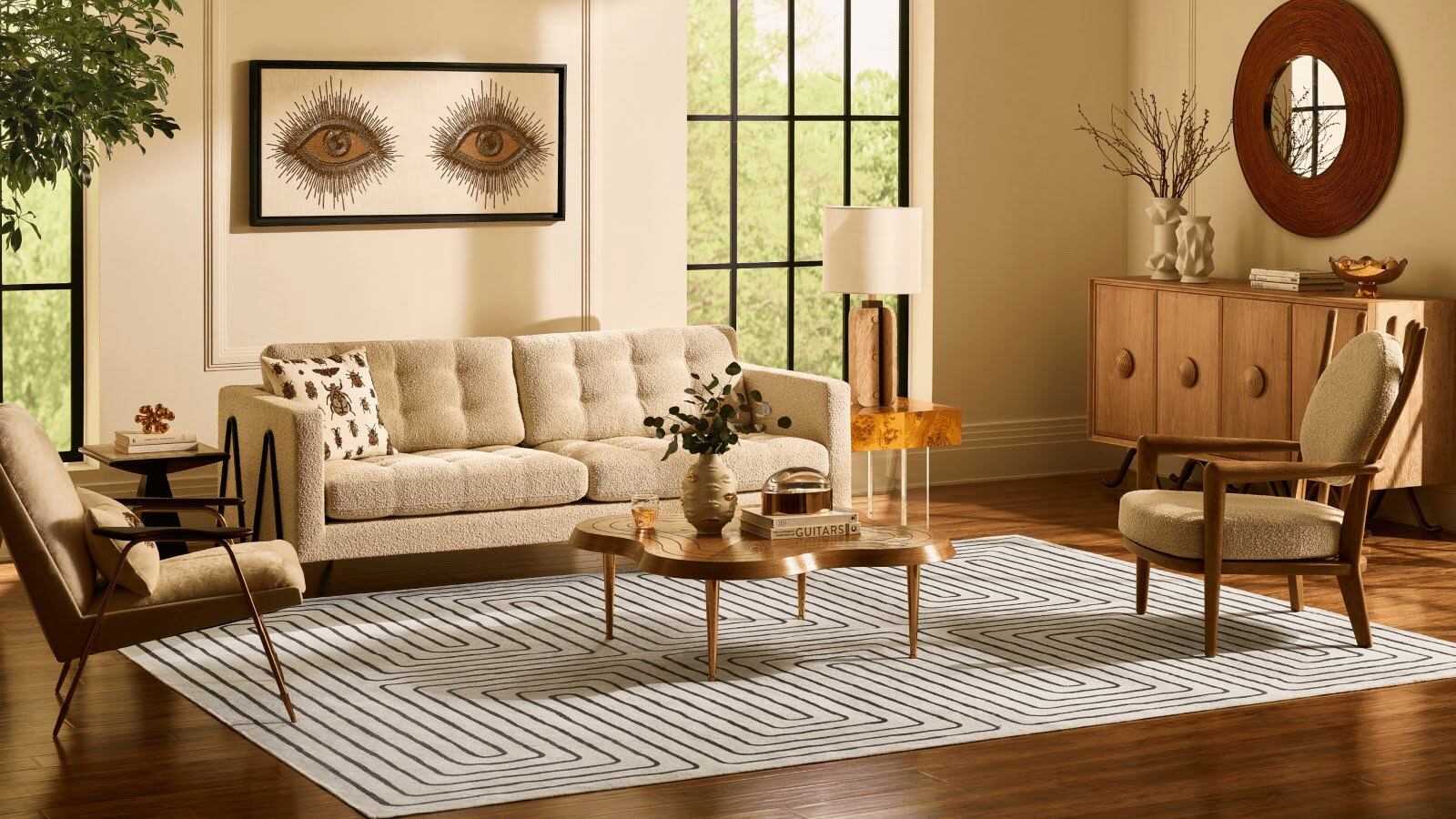
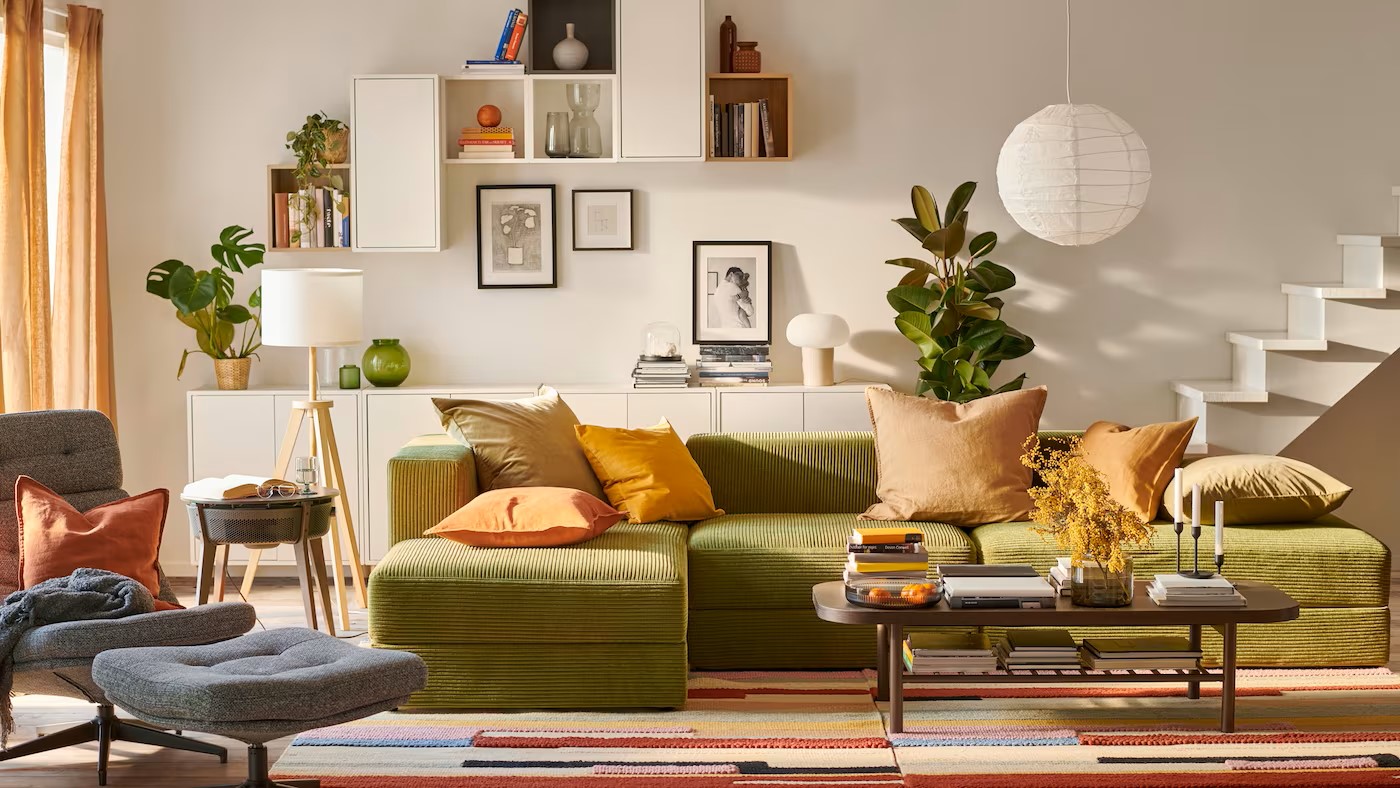
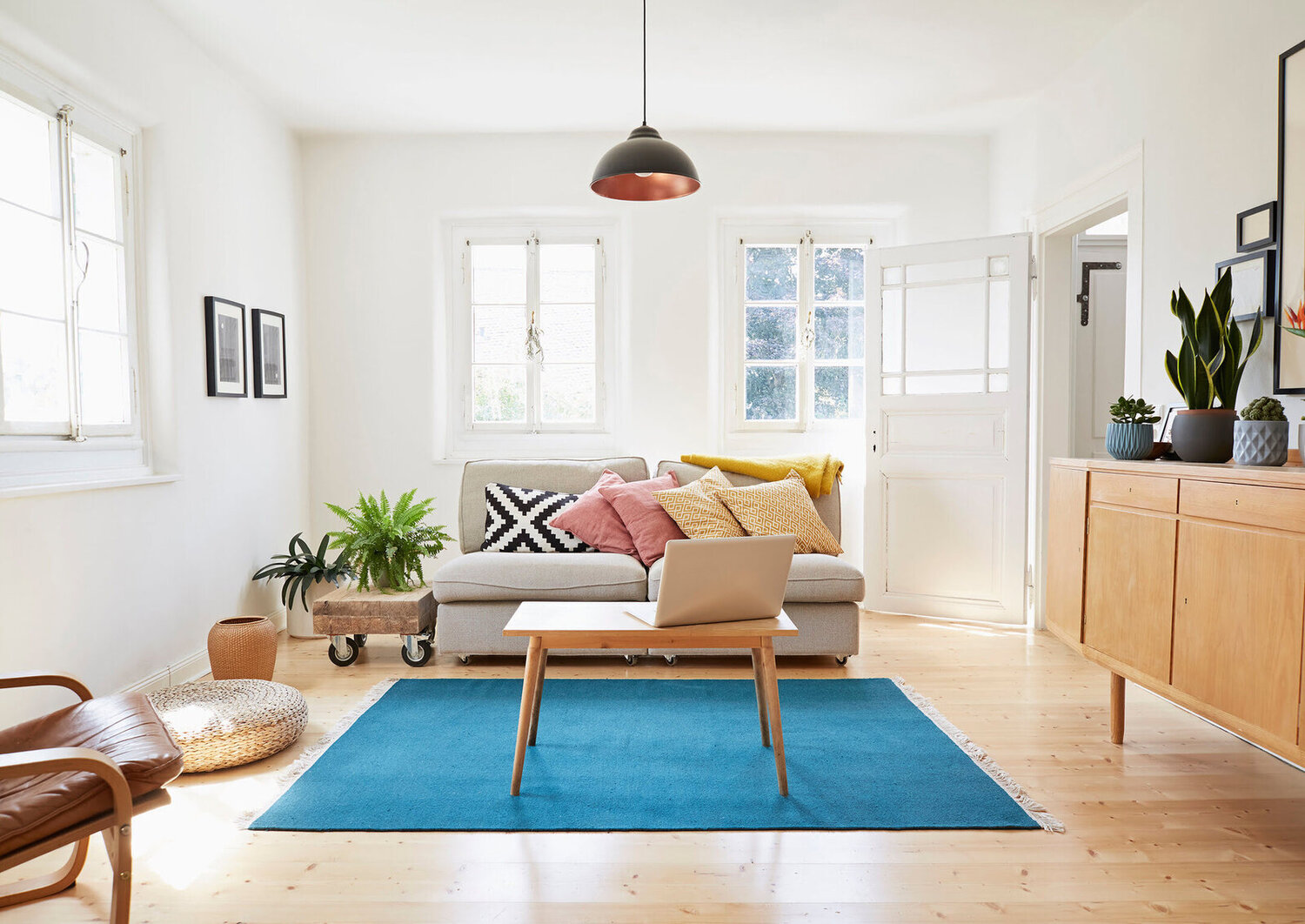
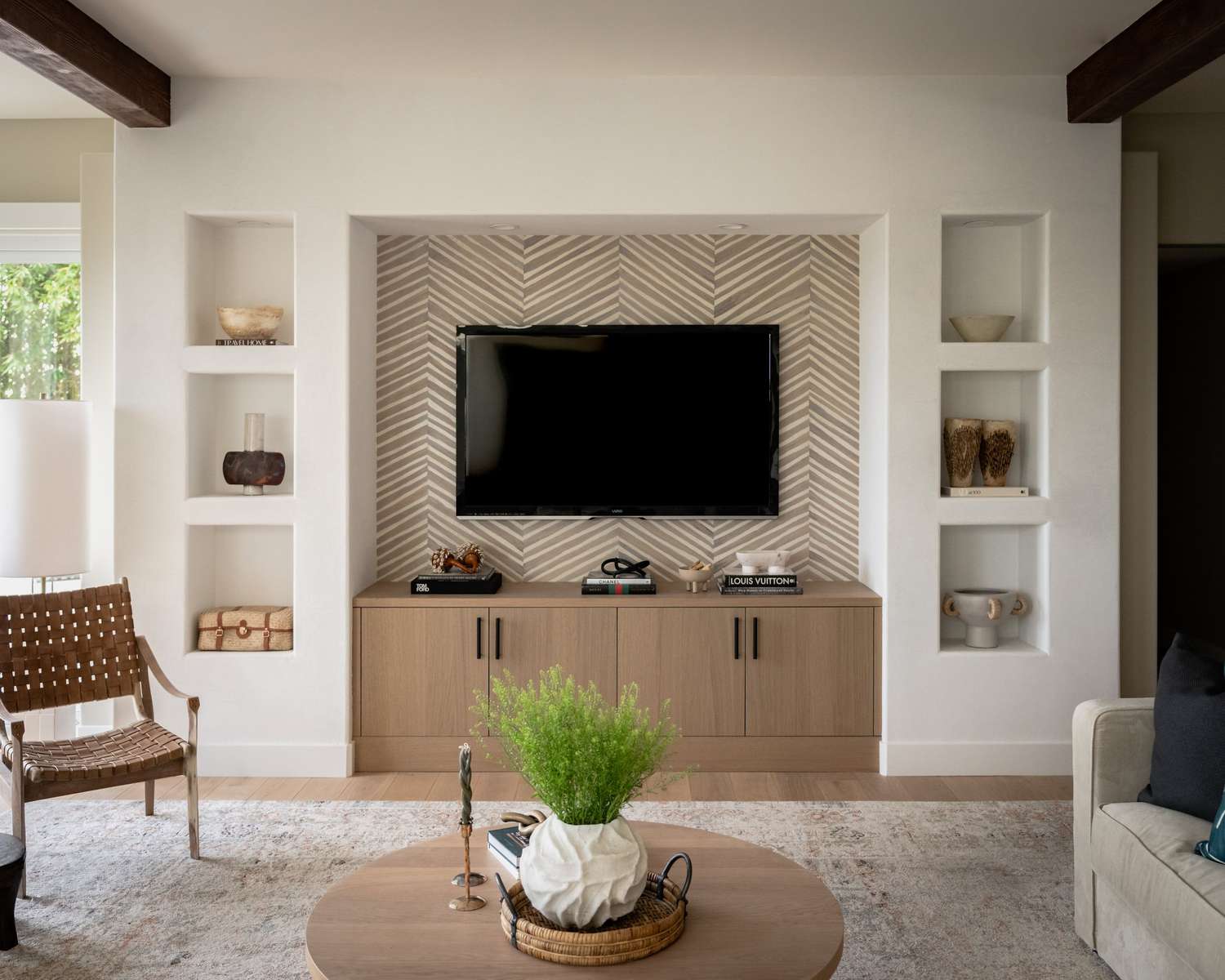

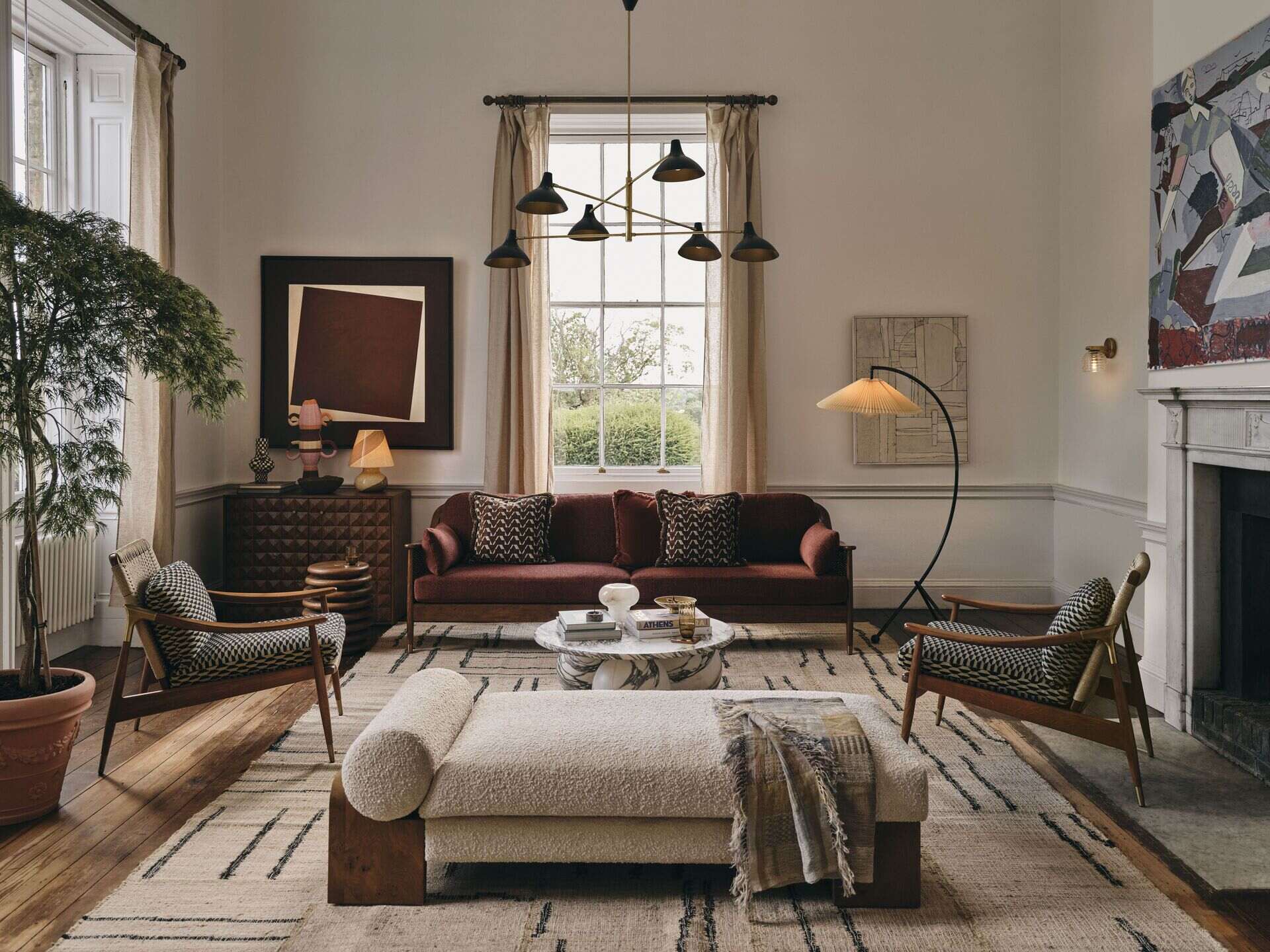
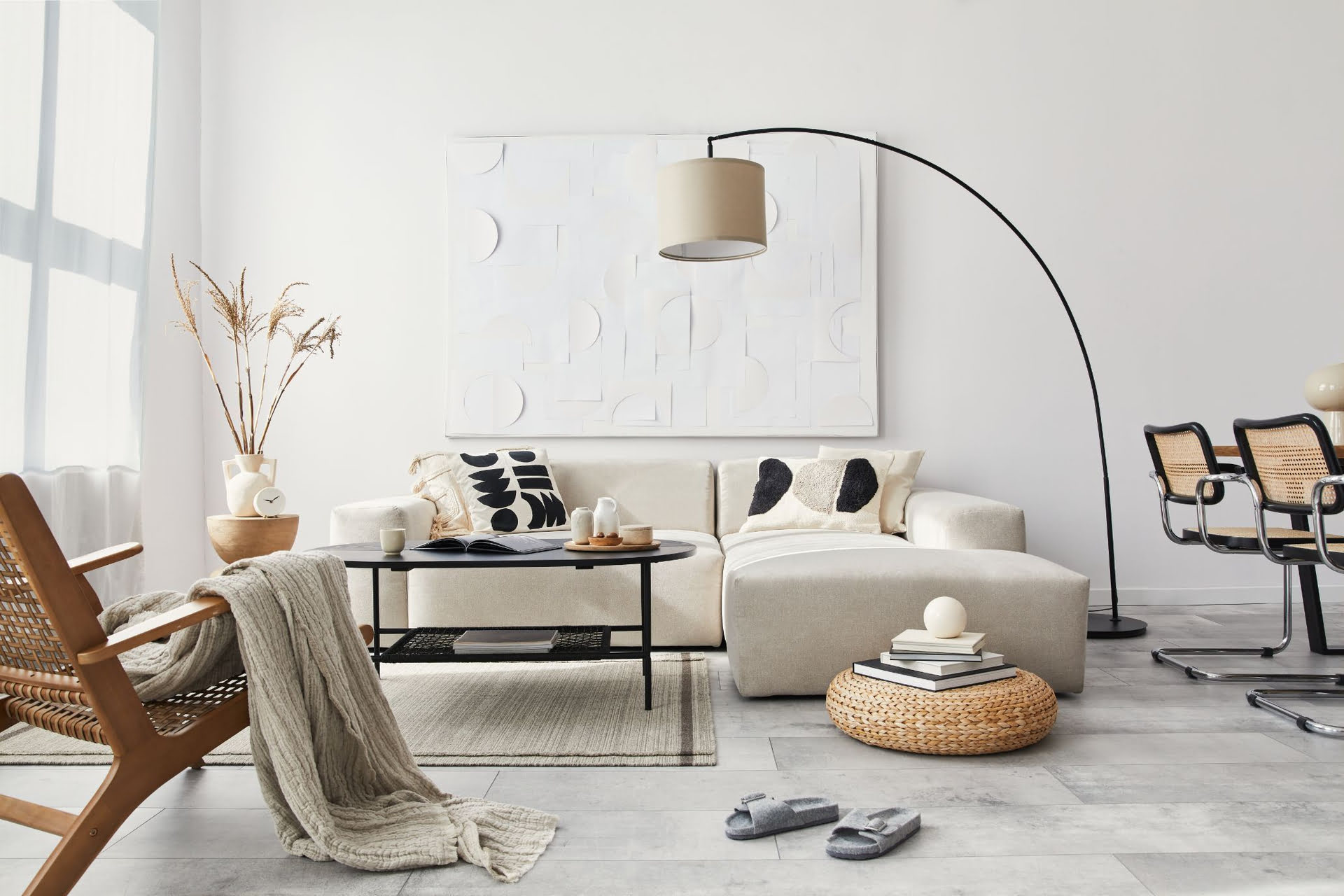
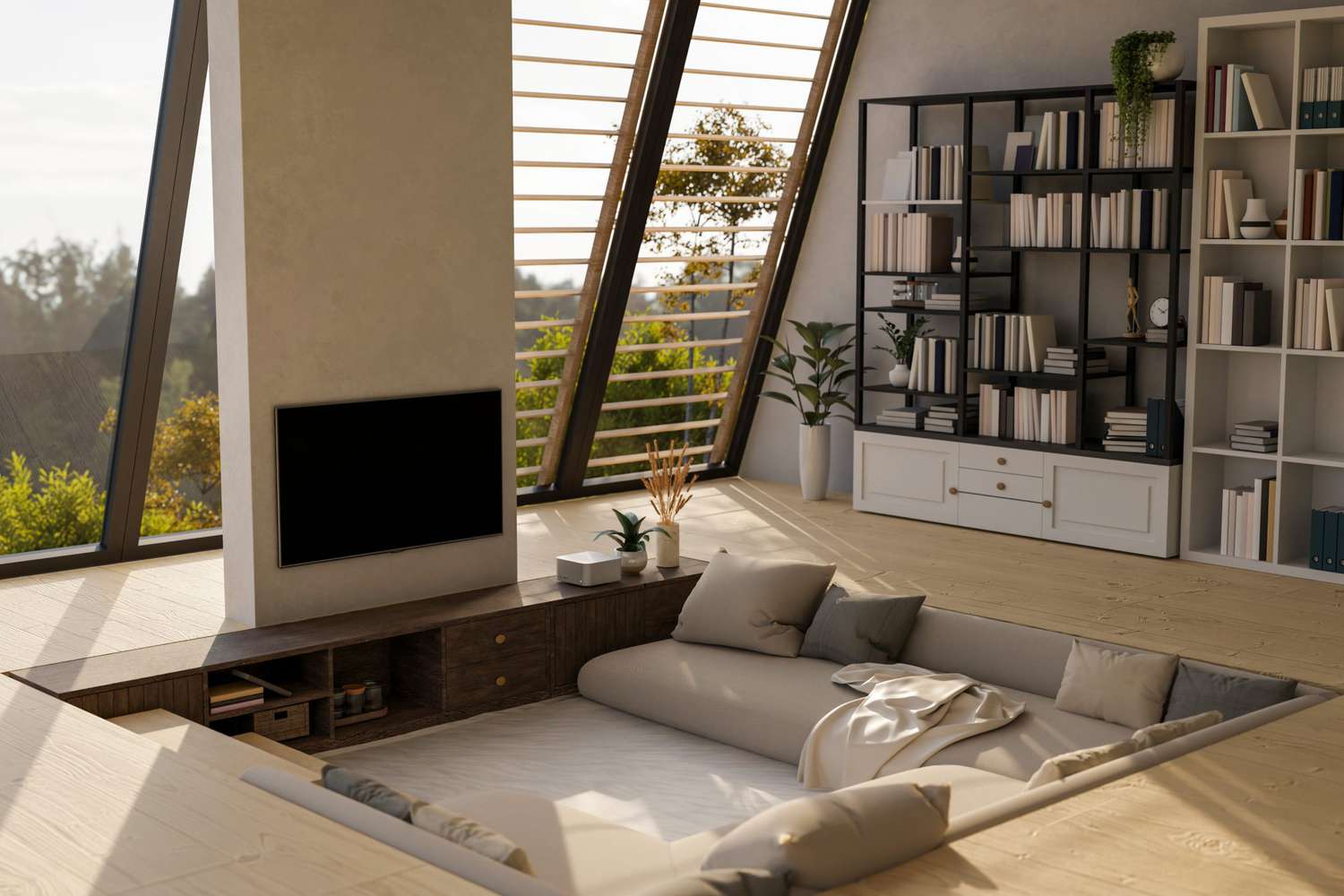
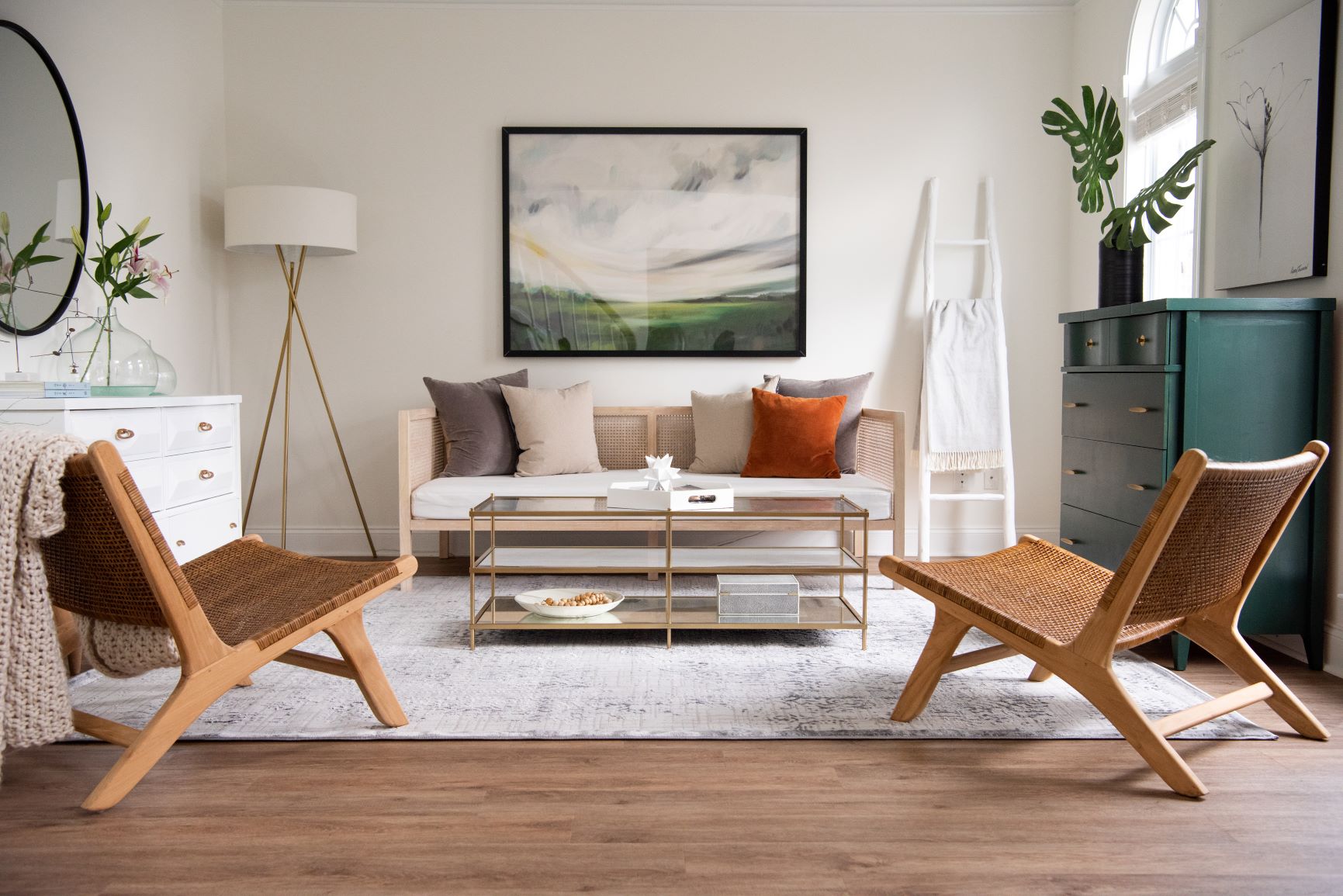
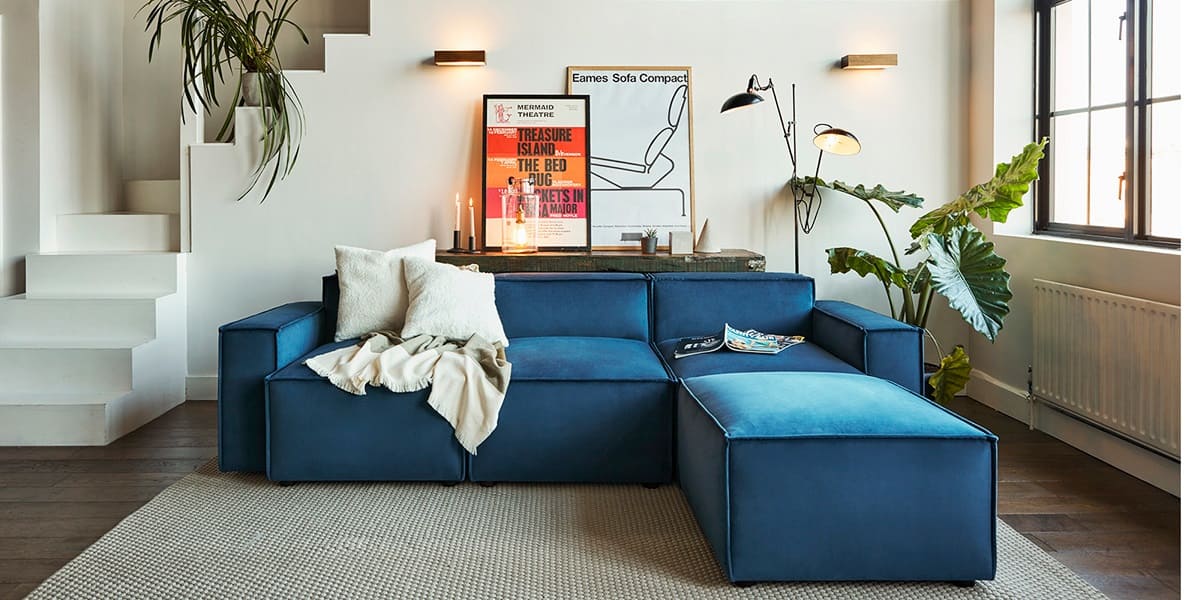
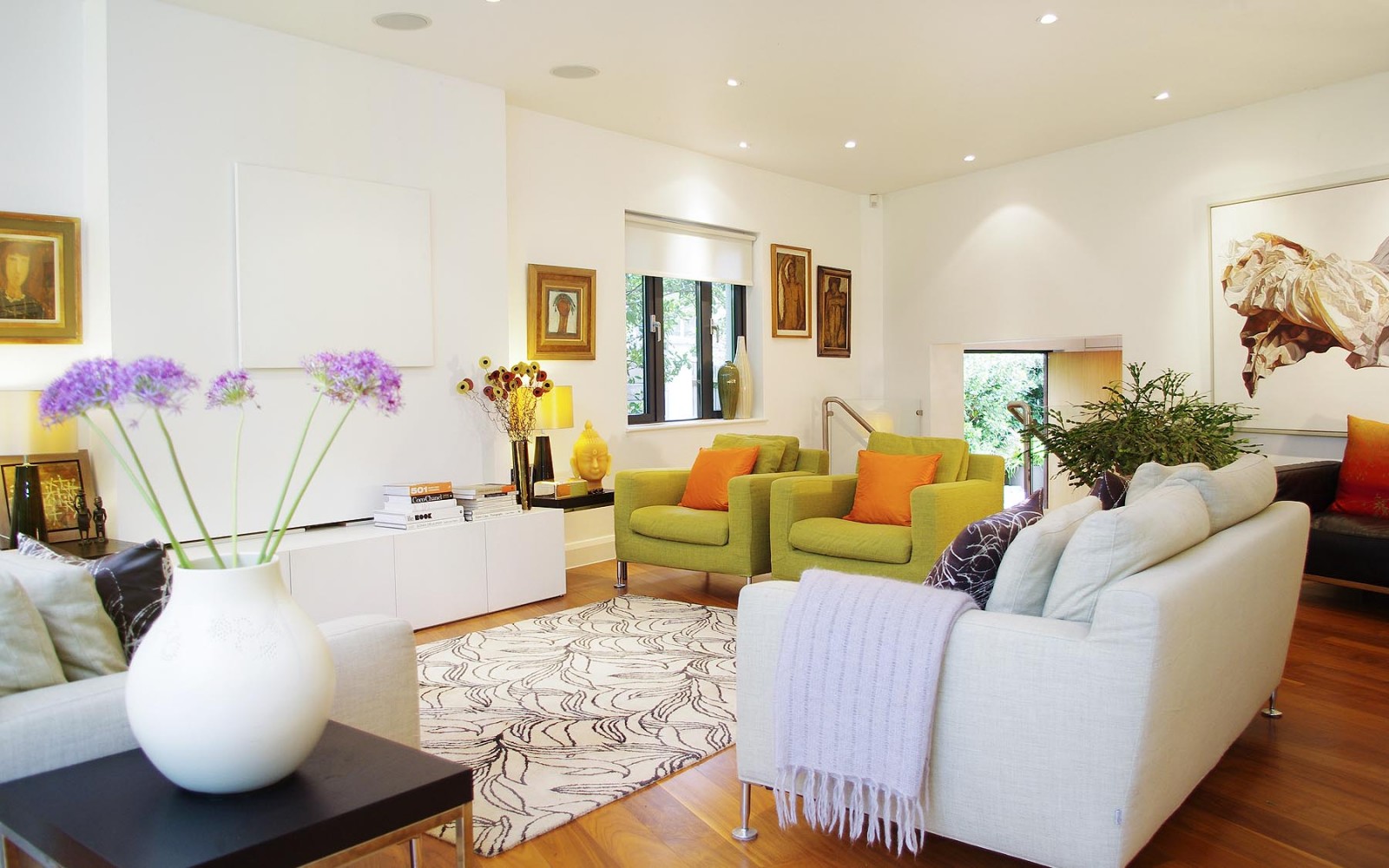
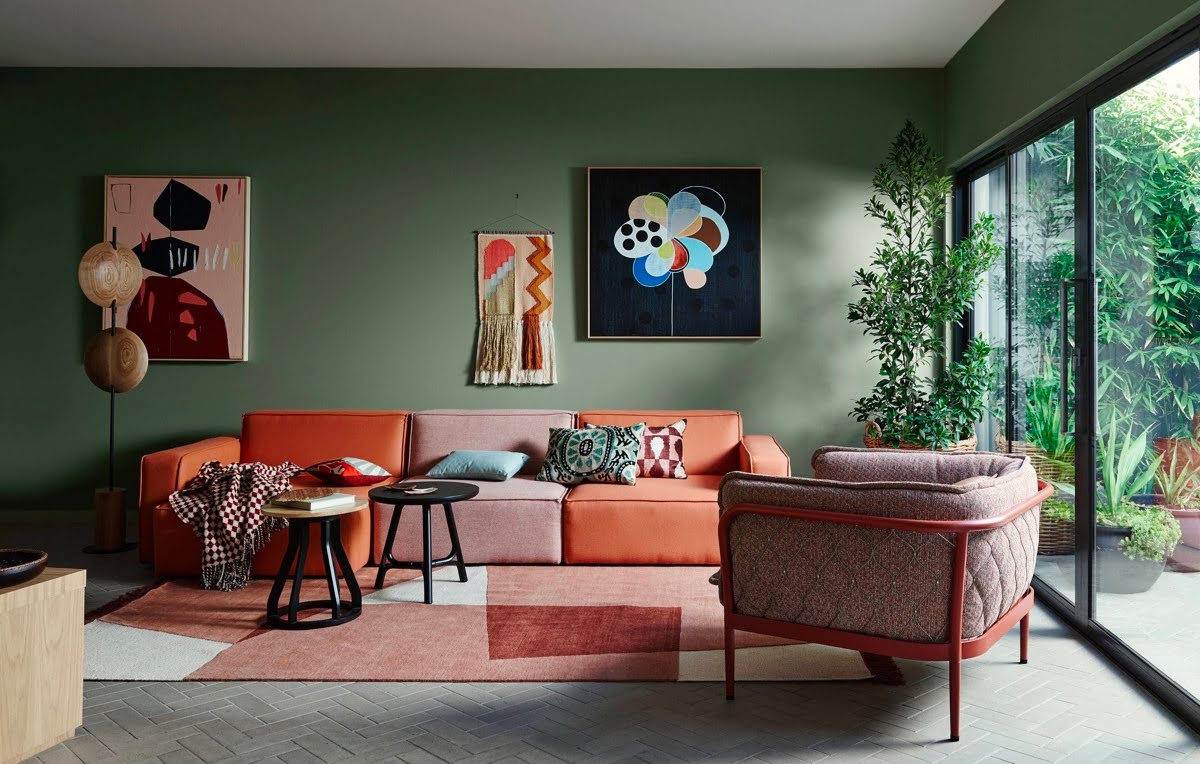
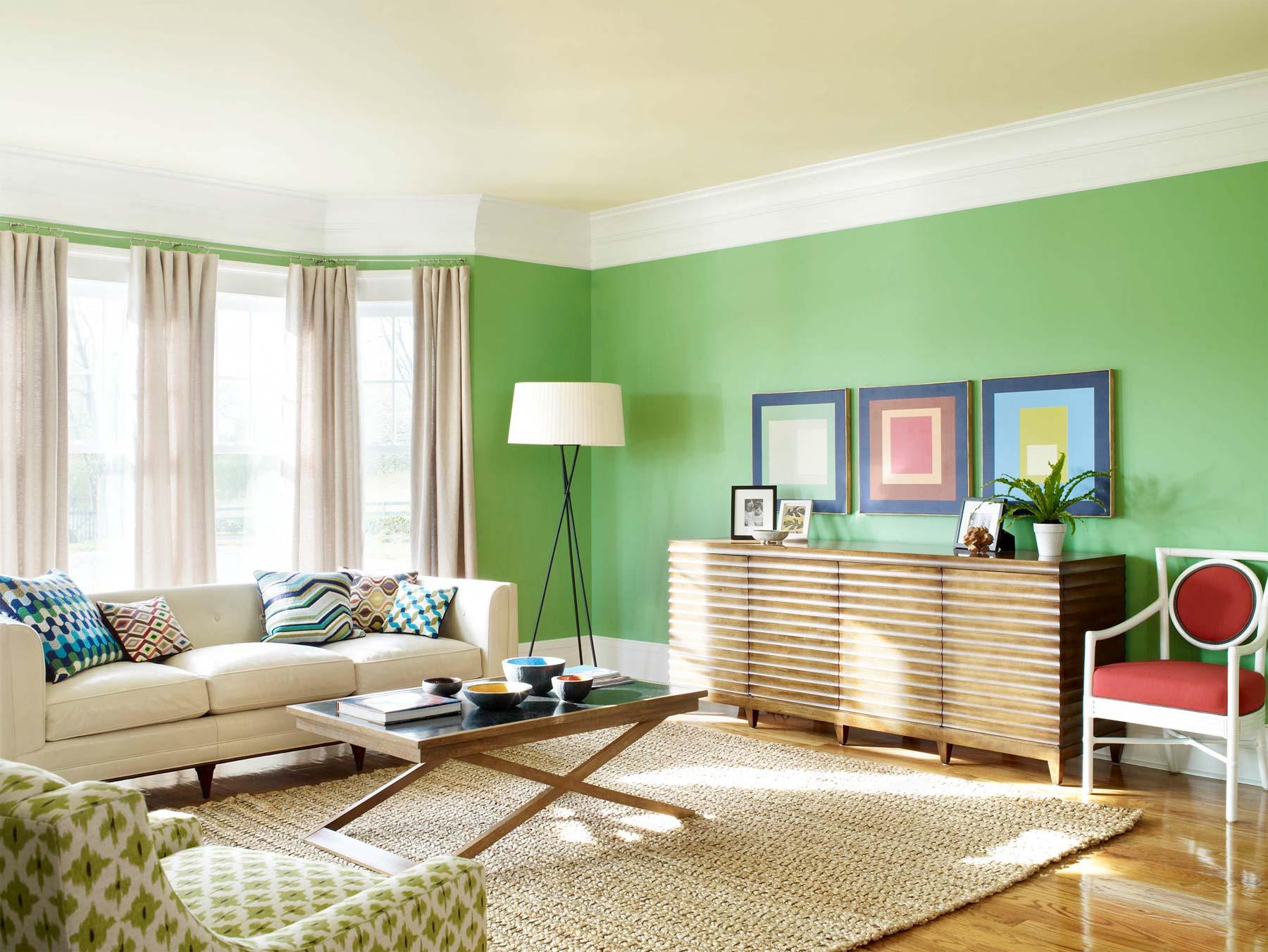
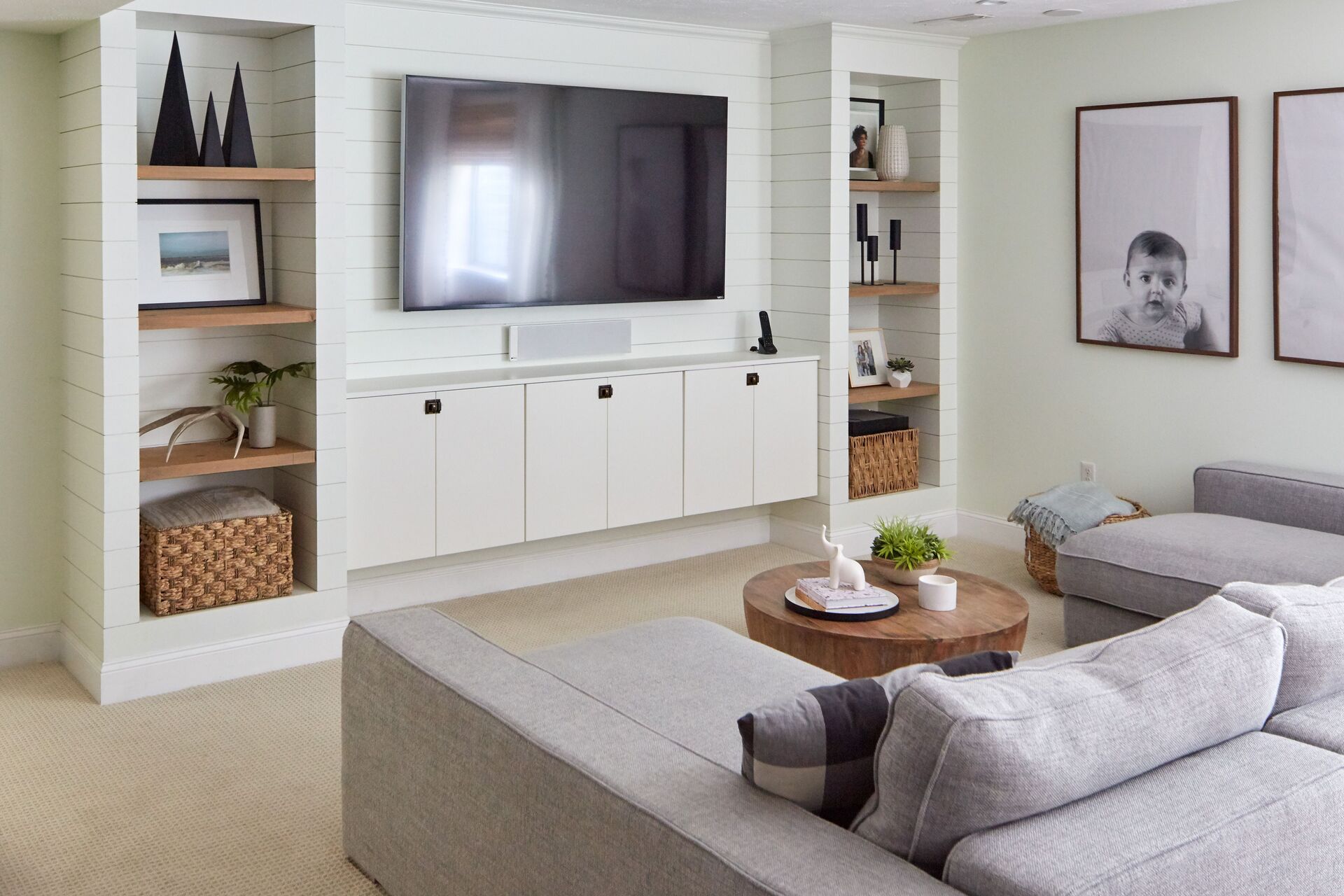

0 thoughts on “What Should A Living Room Have”